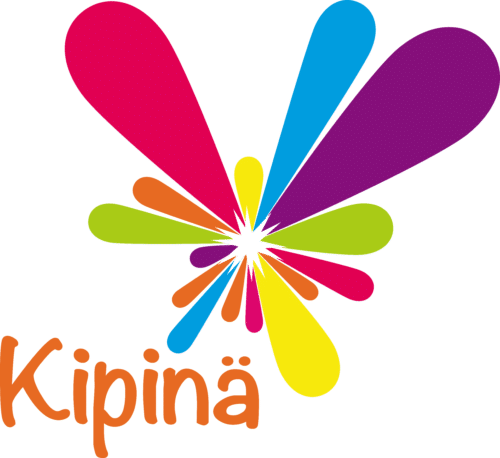Academic FAQs
Is Kipinä compatible with other curricula and approaches?
Yes. Kipinä already works with national curricula in 15 countries and 7 languages. There are Kipinä campuses within K12 schools following the IB program and the Cambridge Program. In developing the Finnish approach to early childhood education it should be noted that many curricula and approaches were studied and in some cases integrated. This includes diverse curricula such as Montessori and Reggio Emilia as well as approaches in Canada, the USA and UK, and allied areas such as STEAM and Special Needs.
Additionally, Kipinä has enhanced the Finnish Curriculum to make it blend seamlessly with global standards and to help children easily integrate into any big school environment. We achieved this by integrating 21st Century Skills, Executive Functioning, and by using Focused Instruction. Kipinä also matches learning outcomes with local standards to ensure literacy and numeracy skills are equivalent.
How does Kipinä differ from Montessori?
Финляндия добилась огромного успеха, добившись наилучших результатов в системе образования во всем мире. Но финский подход к образованию не был разработан изолированно от других методов. Действительно, Финляндия заимствует многие подходы, включая Монтессори, Реджио Эмилия, Штайнер, а также американский и британский подходы. Метод Монтессори зародился более 100 лет назад - до появления авиаперелетов, мобильных телефонов и интернета. Изначально Монтессори был методом помощи детям в приобретении практических жизненных навыков, и этот принцип сохраняется до сих пор.
Both Montessori and Kipinä use a play-based learning approach. However, not all play is the same. Whereas Montessori uses specific toys to develop premeditated outcomes and children often play alone in 'work cycles' (where sharing and social interaction is not the priority), Kipinä kids learn in small and large groups to encourage socialisation, and development of soft skills (collaboration, empathy, team work). Kipinä teachers are guiding the children but not emphasising an outcome so that children develop their creativity, spontaneity and unique personalities. Kipinä emphasises fun and imagination through a teacher-facilitated model designed to lead to observable learning outcomes that are not restricted to or shaped by the resources in the room.
The Montessori name is not copyright. Therefore there is a lot of variance in what is offered to parents as Montessori - from some high quality preschools with well-trained teachers to absurd environments with little or no ties to any authentic Montessori philosophy. Kipinä is a proprietary academic program and brand with substantive trademarks around the world. Kipinä preschools are subject to audits. Therefore, parents can be quite sure of getting the quality they expect and partners have exclusive protected territories.
What ages does the Kipinä curriculum cover?
Kipinä provides distinct detailed scaffolded curricula for children from birth to 6 years old. In addition we provide weekly lesson plans for all these age groups. Some of our nurseries and day cares only work with children for 2 to 4, while others accept children from birth to 4 years. Some of our preschools teach from birth to 6 years, while others prefer to work only with kids from 2 to 6 years.
Does Kipinä use textbooks to teach the children?
Вы бы предпочли следовать рецепту из кулинарной книги или лучше пойти на кухню и попросить опытного повара показать вам? Ответ один и тот же: все, чему можно научить на странице книги, можно лучше научить и запомнить, если делать это в реальной жизни с осязаемыми предметами.
Schools can be very competitive (more academic). Why doesn't Kipinä make children do more work on paper sheets?
Рабочие листы - это низшая форма образования - запоминание фактов. Высшая форма образования - это способность применять знания, внедрять инновации, мыслить творчески и критически. Мы думаем, что вы предпочтете чтобы ваш ребенок был подготовлен к 21-му веку, а не к 20-му.
Why does Kipinä have a "no homework" rule. Doesn't more practice make children better?
Дети бывают детьми только раз в жизни, давайте не будем их торопить. Дом - это место для семейных ценностей, какими бы они ни были. Как родители, будьте рядом со своими детьми и формируйте эти ценности! Это лучшее домашнее задание, которое вы можете сделать. Мы не хотим погасить их искру радости, мы хотим, чтобы она росла и способствовала любви к учебе на всю жизнь!
